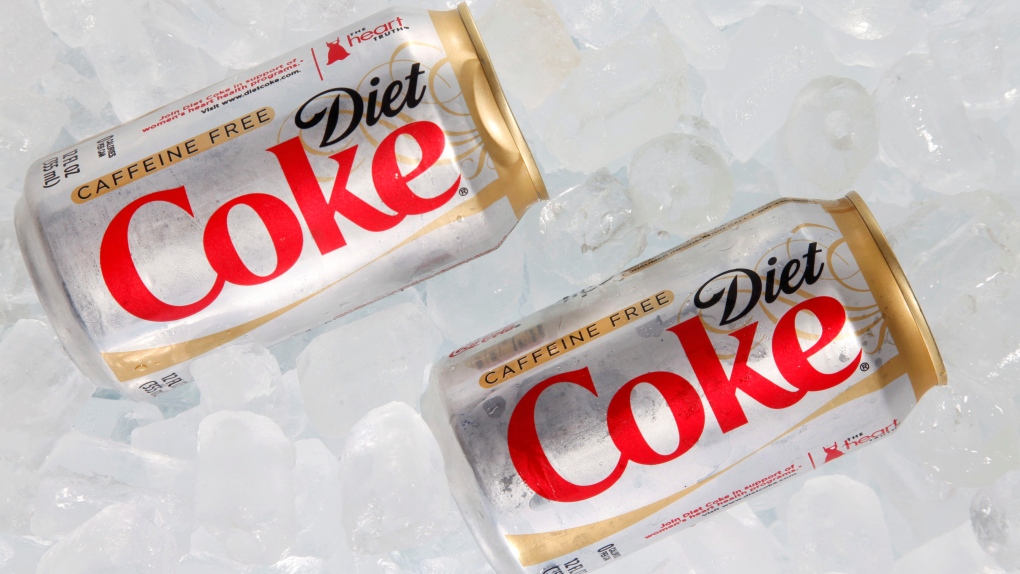If you’ve never heard of the International Agency for Research on Cancer (IARC), that’s not surprising. However, you’ve likely encountered the results of its work.
You might recall headlines from a few years ago suggesting that hot dogs were as harmful as cigarettes. Depending on your location, it might have been hamburgers or smoked meats. Of course, smoking is significantly more harmful to your health.
Now, the IARC is in the spotlight again. According to leaked documents, it is expected to classify the artificial sweetener aspartame as a possible carcinogen on July 13.
This has triggered predictable online panic and alarming headlines, but the situation isn’t as dire as it seems.
To understand this, it’s important to know what the IARC is and what it does. The IARC’s mission is to evaluate research on various products to determine their potential link to cancer.
It reviews lab data, animal studies, observational research, and any existing randomized trials.
The strength of the data can vary—sometimes it’s robust, and other times it is inconsistent, contradictory, or uncertain.
The IARC uses a grading system to classify products into four categories: Group 1 (carcinogenic), Group 2A (probably carcinogenic), Group 2B (possibly carcinogenic), and Group 3 (not classifiable).
A Group 2B designation means that human data is insufficient or inadequate, and the classification is based on extrapolation from animal or in-vitro lab data.
Over time, the IARC has categorized numerous substances as possibly, probably, or definitely carcinogenic. Notably, there is no Group 4 category for substances deemed not carcinogenic.

Although “possibly carcinogenic” can sound alarming, it’s helpful to consider other items with similar or more severe designations.
For instance, aloe vera is listed as possibly carcinogenic. Group 2A includes probable carcinogens such as drinking hot liquids, working as a barber, and shift work.
At the top of the list, in Group 1, are definite carcinogens like birth control pills and tamoxifen (a medication for breast cancer).
At this point, you might be confused. Let me clarify. Birth control pills contain estrogen, which increases the risk of breast cancer. This link is clear and unambiguous, leading to its Group 1 designation.
However, birth control pills have low estrogen doses and pose minimal risk to the millions of women who use them regularly.
Similarly, tamoxifen is a highly effective breast cancer treatment, despite its small risk of causing uterine cancer. This risk is clinically insignificant compared to its overall benefit in reducing cancer mortality.
The contradictions arise from the IARC’s focus on hazard rather than risk. Hazard refers to whether a substance is linked to cancer, not how dangerous it is. (In statistics, hazard has a different meaning, but that’s another topic.)
The IARC assesses whether a substance is associated with cancer but does not evaluate the actual risk it poses, as that is outside its mandate.
Regarding aspartame, being listed in Group 2B does not mean the evidence is compelling. Most people will not consume enough aspartame to reach dangerously high levels.
It is estimated that one would need to drink at least 12 to 36 cans of diet soda per day to reach such levels. Staying below this threshold should mitigate any significant risk.







Leave a Reply